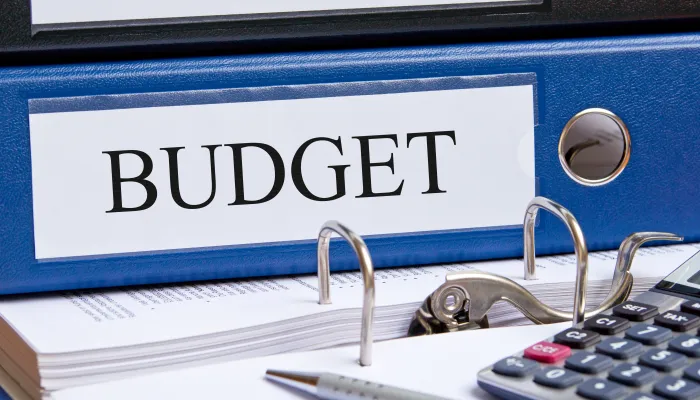Economics of the Long Term Outlook
CBO's Long Term Outlook includes a number of variables on how the budget would look over the next 75 years. But they also show how the economy would fare under the two baseline scenarios: the Extended Baseline and the Alternative Fiscal Scenario. The Extended Baseline assumes that various temporary spending and tax policies expire and the sequester takes effect, while the AFS assumes the opposite.
Of course, when evaluating the effect of scenarios on the economy, one must ask: compared to what? For this, CBO uses an economic benchmark which assumes that the 2022 levels of debt as a percent of GDP and effective marginal rates in the Extended Baseline remain fixed over the long-term.
Both baselines include opposing effects and the estimate of their impact on the economy could vary widely depending on which effect is given more weight. In the case of the Extended Baseline, debt improves compared to 2022 levels, falling to to 59 percent of GDP in 2027 and 53 percent in 2037 (the years CBO evaluates). In the opposite direction, marginal tax rates increase from 2022 levels due to what is called "real bracket creep": because the income tax brackets are indexed for inflation and wage growth generally has been, and is projected to grow, faster than inflation, people end up in higher tax brackets over time. In addition, the reach of the Alternative Minimum Tax grows over time, pushing up tax rates.
Overall, the two opposing effects counteract each other relatively equally. In 2027, CBO projects that GDP could be 0.1 percent lower (their central estimate). In 2037, CBO projects that GDP could be 0.3 percent lower.
| Effect on GDP of CBO's Baseline Scenarios | |||
| Extended Baseline | Alternative Fiscal Scenario | ||
| 2027 | Range | -0.5% to 0.1% | -4.4% to 1.7% |
| Central Estimate | -0.1% | -1.9% | |
| 2037 | Range | -1.9% to 0.6% | More negative than -13% to 0.3% |
| Central Estimate | -0.3% | -6.6% | |
Source: CBO
The Alternative Fiscal Scenario shows a different story. Debt is much higher as a percent of GDP in 2027 and 2037: 119 percent and 199 percent, respectively. At the same time, marginal rates would be lower due to the extension of the 2001/2003 tax cuts, which cut tax rates on both labor and capital. Also, real bracket creep would be eliminated because revenue is assumed to be kept at its 2022 share of GDP and the AMT's reach is limited.
For the AFS, CBO comes down more negative, projecting that the effects of higher debt outweighs the lower tax rates. In 2027, CBO projects that GDP could be 1.9 percent lower. In 2037, GDP could be 6.6 percent lower. As the report says:
Increased government borrowing generally draws money away from (crowds out) private investment in productive capital, leading to a smaller stock of capital and lower output in the long run than would otherwise be the case. Deficits generally have that effect on private investment because the portion of people’s savings used to buy government securities is not available to finance private investment.
Note also that CBO says "more negative than -13 percent" for the lower bound of that estimate since, as they say, "Debt would reach 250 percent of GDP by 2035 under the assumptions leading to these estimates. CBO’s model cannot reliably estimate output after debt reaches that amount, in the agency’s judgment. The values for the effect on output shown in the table are for 2035; the effect would be larger in 2037."
It's pretty clear that in terms of impacts on the economy, the Extended Baseline would be more beneficial than the AFS. In fact, the AFS gets debt to levels high enough that CBO feels there is not enough historical precedent to reliably estimate the economic effects. Of course, this analysis does not include the Extended Baseline's effects on the short-term economy and does not account for the across-the-board nature of some of the policies involved (i.e. the sequester), both of which we know are drawbacks.
It would be far better to have lawmakers discuss a debt reduction plan that gradually phases in over the near-term to avoid severely damaging the short-term economy, while making pro-growth reforms to spending programs and the tax code over the longer-term. That would likely be far, far better than either of the scenarios CBO projects.


